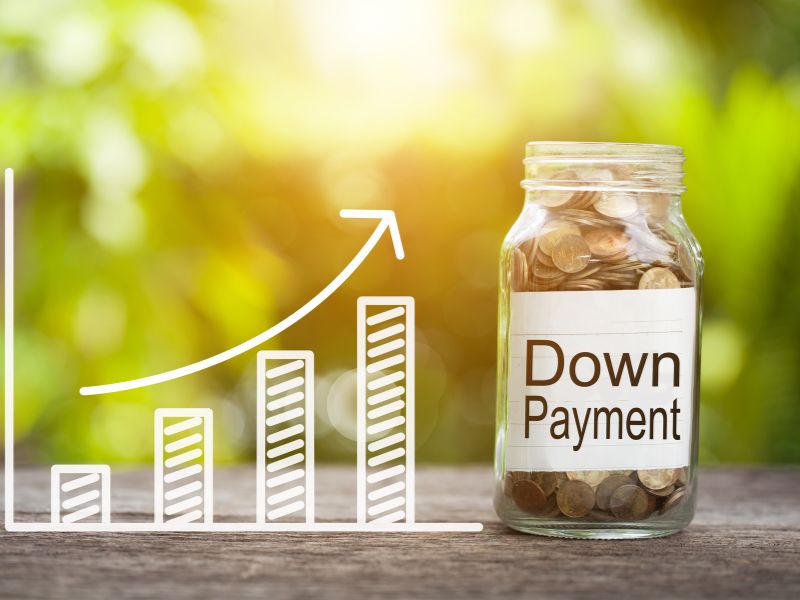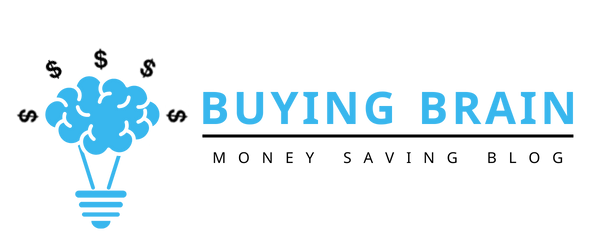Homebuying Basics: Debunking Down Payments
You want a home so badly you can taste it. But, there’s just one problem. You don’t have a down payment. The down payment – the lump sum of money you need to have to get the loan you need. It’s odd, isn’t it? You don’t have money, and that’s why you’re seeking a loan. Yet, at the same time, it’s not unusual for down payments to exceed 10 percent of the value of the home you’re buying. What gives? Actually nothing. Large down payments are one of the biggest myths in real estate.
What Is A Down Payment?

Once you’ve figured out how to find a real estate agent, you need to start figuring out how to raise a lot of cash, quickly. A down payment can be as much as 20 percent of the home’s total value, but it can also be as little as $0.
Down payments are an amount of money that is required from you before a bank will fund your mortgage loan. Usually, down payments are paid out of your own personal savings.
Minimum Down Payments For An FHA Loan
An FHA loan is one of the oldest government loan programs that assist home buyers with funding the purchase of a home. FHA loans have been part of the American mortgage market since 1934, and there’s a good reason why. The minimum down payment for an FHA loan is just 3.5 percent.
That means, on a $100,000 home, your down payment would only be something like $3,500. There’s also mortgage insurance that can be rolled up into the loan. Mortgage insurance is insurance that protects the bank in the event that you default on the mortgage.
Minimum Down Payments For A VA Loan
A VA loan refers to the government loan program created in 1944, and it’s one of the best deals out there for military personnel. Military, and their families, qualify with no down payment. It’s about the sweetest deal you can get. This does mean that you have to finance all of the home purchases, but you don’t need to come up with any savings – you can keep that right in your bank account.
Conventional Loan Down Payments
A conventional loan is what many people get when they go for a home. Conventional loans are usually fixed-rate mortgages, but they can also be variable-rate loans. These loans offer flexible down payment plans, but even with the flexibility, they can’t compare to government loans.
There’s a push for increasingly higher down payment minimums, with even a high FICO score requiring a minimum of 5 percent down. It’s not uncommon for 10 percent, 15 percent, and even 20 percent down to be required on the loan.
However, if you do put down 20 percent, you are not required to buy mortgage insurance. This saves you a boatload of money over the lifetime of the loan since you’re not paying for premiums that only benefit the bank. Even with lower down payments, you do have to carry the insurance, but only until your equity climbs up over 20 percent of the value of the home. At that point, you can ditch the insurance.
Dennis Ellis has been in the housing market for years. After years of working with homebuyers, he enjoys blogging about the ins and outs of navigating buying and selling property for the everyday person.







